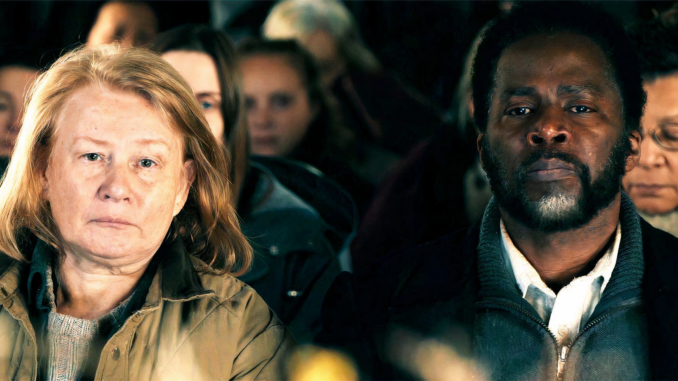
In 1977, a beloved sitcom called ‘Sanford and Son’ aired its final episode, marking a significant moment in television history. This groundbreaking show not only entertained millions but also challenged social norms and brought issues of race and class into the spotlight. As we reflect on the impact of ‘Sanford and Son’, it’s clear that its legacy endures, influencing countless shows that followed.
The Birth of a Classic
Creating the Show
‘Sanford and Son’ premiered on January 14, 1972, created by Norman Lear and developed from a British series called ‘Steptoe and Son.’ Lear, a pioneer in tackling social issues through comedy, saw the potential to bring the story to an American audience. The show featured Redd Foxx as Fred Sanford, a cantankerous junk dealer, and Demond Wilson as his son, Lamont.
Why It Worked
The chemistry between Foxx and Wilson was electric. Their banter, filled with humor and heart, resonated with viewers. The show tackled real-life issues—like economic struggles, generational conflict, and the African American experience—while making us laugh.
Cultural Impact: More Than Just Comedy
Breaking Barriers
‘Sanford and Son’ was one of the first sitcoms to portray African American characters in a complex, relatable manner. It broke ground by depicting a working-class Black family, challenging stereotypes that were prevalent in the media at the time.
Addressing Social Issues
The show didn’t shy away from serious topics. Episodes often tackled issues like poverty, racism, and family dynamics. By blending humor with social commentary, ‘Sanford and Son’ made laughter a vehicle for change.
Iconic Characters and Catchphrases
Fred Sanford: The Everyman
Fred Sanford, with his memorable catchphrase “This is the big one!” became an emblem of resilience and wit. Foxx’s portrayal of Fred resonated with audiences, making him a beloved character in American television.
Lamont: The Straight Man
Demond Wilson’s Lamont served as the voice of reason, balancing Fred’s antics with his thoughtful demeanor. Their dynamic showcased the complexity of father-son relationships, blending humor with heartfelt moments.
The Show’s Longevity: Reruns and Relevance
Enduring Popularity
Even after its original run ended, ‘Sanford and Son’ continued to find a place in American homes through reruns. For many, it introduced them to the world of classic sitcoms, ensuring its relevance across generations.
Influence on Future Shows
The show’s impact can be seen in later sitcoms like ‘The Fresh Prince of Bel-Air’ and ‘Everybody Hates Chris.’ These shows continued the tradition of addressing social issues while providing humor, proving that laughter can indeed bring awareness.
The Final Episode: A Bittersweet Goodbye
What Happened in the Finale?
The final episode aired on March 25, 1977, leaving fans with a mix of emotions. It offered a glimpse into the lives of Fred and Lamont as they faced changes, embodying the show’s themes of family and resilience.
Fan Reactions
Viewers expressed their sorrow at the show’s conclusion, reflecting on how much it had impacted their lives. The characters felt like family, and saying goodbye was tough for many loyal fans.
Legacy of ‘Sanford and Son’
Influence on Comedy
‘Sanford and Son’ set the stage for future sitcoms that sought to explore deeper themes while entertaining audiences. It proved that comedy could be a powerful tool for social commentary.
Cultural Significance
Today, the show is often referenced in discussions about representation in media. Its legacy continues to inspire writers and producers to create content that reflects diverse experiences and perspectives.
Conclusion: Remembering a Milestone
As we look back 45 years after ‘Sanford and Son’ ended, we recognize its monumental impact on television and culture. It was more than just a sitcom; it was a movement that reshaped how stories were told on screen. The laughter it brought, coupled with its bold exploration of societal issues, solidified its place in television history.
